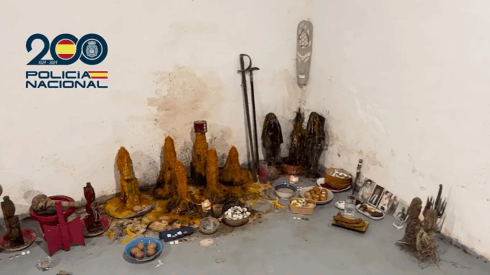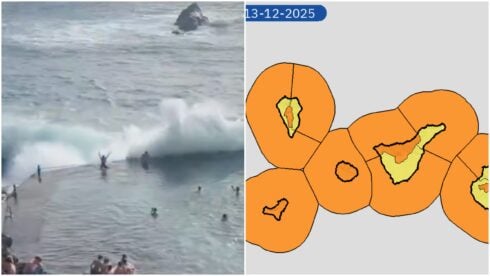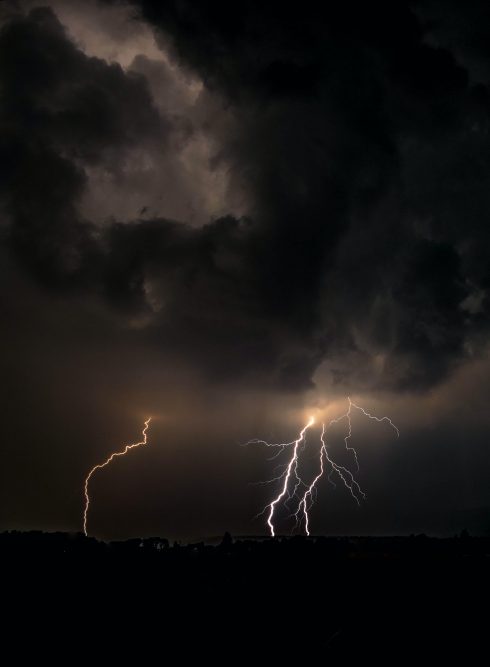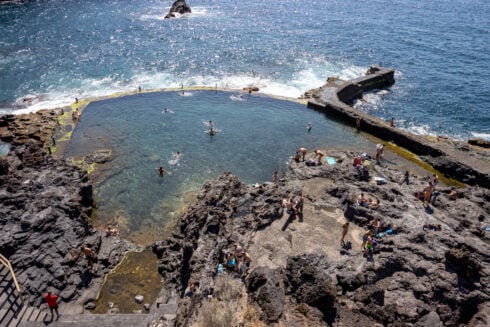For the first time in forty-six days, there are positive signs that the La Palma volcanic eruptions are coming to an end.
The La Palma volcano has changed in behaviour over the few days, its explosiveness has diminished and emissions of sulphur dioxide have dropped. Over the last few hours, there has been half the amount of toxic gases measured in the air close to the volcanic cone as other days.
Scientific experts see this as a positive sign but for now, the focus is on the sky as air quality continues to be unfavourable. This is due to the fact that the volcano’s mouths are now expelling less lava, but higher quantities of smoke and ash. Lava flows have destroyed about a thousand hectares on the island since the start of the eruptions on September 19. More than a thousand residential buildings, agricultural plantations and roads have been left in ruins.
Carmen Lopez, spokesperson for the Pevolca* technical committee, Carmen Lopez, said that both the decrease in the levels of volcanic activity and lower levels of sulphur dioxide are considered as “positive signs of a downward trend”.
Air quality has dropped to such a low level that schools have again cancelled classes. Residents on the island have also been urged not to leave their homes to limit exposure to toxic gases. The use of FPP2 protective masks are being recommended if it is necessary to venture outside.
La Palma island itself is actually made up of two main volcanic complexes: a large one to the north and a smaller one to the south. The island last saw an eruption in 1971.
*Special Plan for Civil Protection and Emergency Attention due to volcanic risk in the Autonomous Community of the Canary Islands.
READ MORE:
Click here to read more Canary Islands News from The Olive Press.








